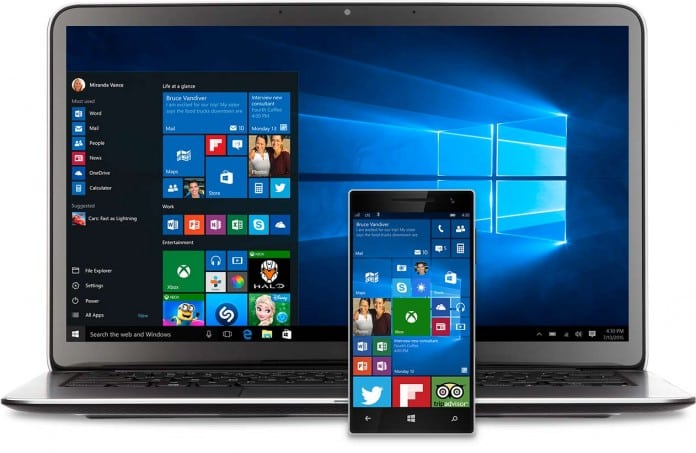
In 2016, Widows 10 is poised to become the most widely installed version of Windows ever, following on the path of Windows XP and Windows 7 before it. According to Gartner Inc., at least 50 percent of enterprises will have started migration to Windows 10 by January 2017.
In the consumer market, a free upgrade coupled with broad legacy device support and automatic over-the-air upgrades ensures that there will be tens of millions of users familiar with the operating system (OS) before the end of 2016. For enterprises implementation will be significantly more rapid than that seen with Windows 7 six years ago.
Several factors are driving migration, specifically awareness of the end of support for Windows 7 in January 2020, strong compatibility with Windows 7 applications and devices, and a pent-up demand for tablet, 2-in-1 device rollouts and powerful Windows phones like the Lumia 950. The net result is that many enterprises are planning to begin pilots for Windows 10 in the first half of 2016, and to broaden their deployments in the latter part of the year.
Gartner made three additional endpoint technology predictions:
By 2019, Organizations Will Deliver Twice as Many Applications Remotely Compared With 2015.
Organizations will centralize a number of applications over the next three years to enable platform- independent computing, according to Nathan Hill, research director at Gartner. “As platform-specific Windows applications dip below a certain threshold and become a “manageable minority” — that is 20 to 30 percent of the application portfolio — organizations will find it increasingly financially and operationally attractive to ring-fence all of them using device-independent delivery options.”
This is a continuation of using centralized delivery architectures to deliver legacy applications, but it also signals a watershed where the remaining business-critical and platform-dependent applications (that cannot be replaced) must be shifted to allow user-centric computing to evolve at the faster pace that users and software vendors are demanding.
By 2018, Touchscreens Will Be Shipped on One-Third of All Notebooks.
As the incremental price for touch decreases, it will become more normalized as a default feature for notebooks. Pricing is expected to get much more competitive in the second half of 2016 as manufacturing processes continue to improve and Windows 10 migration planning starts to accelerate.
By 2018, 30 Percent of Enterprises Will Spend More on Display Screens Than on PCs.
In the digital workplace, users will demand more screen real estate for their workspaces and this will bring forth both higher-resolution screens and more of them, leading to scenarios where more money is spent on display screens than on the PC itself. Have a look at Surface Hub and what people shop for in 2015.
All of these trends portend a new employee workspace that is more mobile, more capable of working more naturally with humans, and, overall, more productive and secure. From an IT perspective, Windows 10 and the move of applications to the back end will dramatically change how those applications are delivered to employees. Updates will be more frequent, more incremental and less obvious to the end user. Software vendors and internal IT have much to do to adapt to this new model and to move away from the image management model for PCs of today.




































Not exactly surprising that adoption is rising since Microsoft has eliminated every other option; Windows 7 isn’t sold (or supported) anymore, Windows 8/8.x is hated and will be phased out in a year (January 2018). Not to mention they are shoving this down everyone’s throats.
The new and speedily enlarging ecosystem of Microsft relys on Windows 10 adoption. The more people upgrade to Windows 10 – more new Office and Widows apps, cloud services, Widows 10 smartphones, laptops etc will be sold.